Cheese refining, a great technique based on the art of observation, with a wonderful consequence: that of improving the object of study. Speaking of cheeses, a tuner can pamper each piece to get the best out of it.
What is cheese ripening?
The word “refine” derives from the Latin word “finus” and in medieval alchemy was used to designate the refinement of impure materials. Nowadays, in the world of cheese, refining is a sign of sensitivity that the master cheesemaker applies to his cheeses to give them his seal of identity.
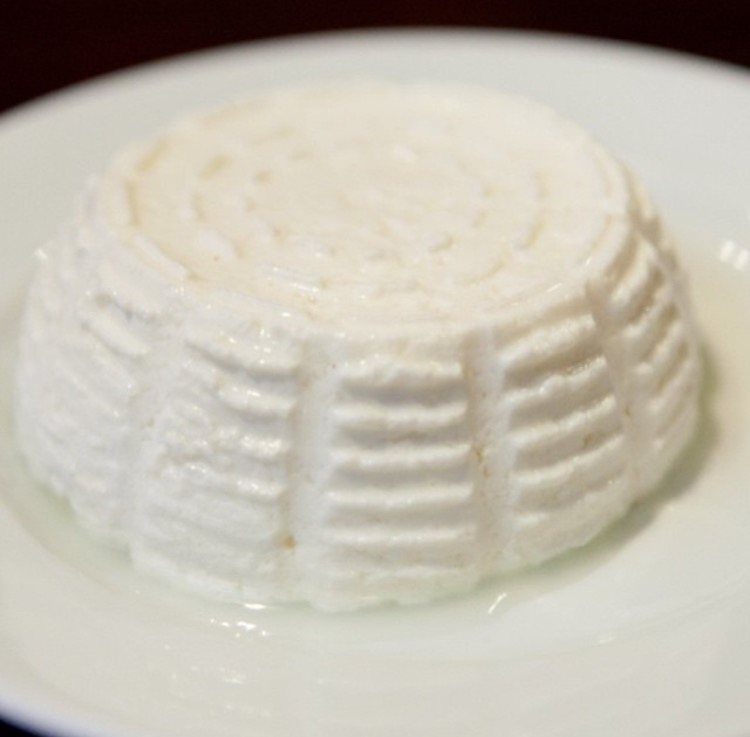
It consists of a process of exquisite care during the maturation of a cheese. It is not limited to keeping it at a suitable temperature and humidity, but also broadens the range of techniques. Every day, while the process lasts, the master cheesemaker will apply rigorous care, with a lot of pampering. Care that can last for years.
There is an important difference between ripening and ripening a cheese. Ripening is the passage of time on a cheese, and ripening is how we act on that cheese during this ripening period.
The refining process is mainly carried out in the artisanal world . In general, correctors, preservatives and other compounds are added to industrial cheeses, both in the milk vats and in the rinds, to avoid any problems during the ripening process. This is the case of many cheeses with black rind, which corresponds to plastic and antifungal paints.
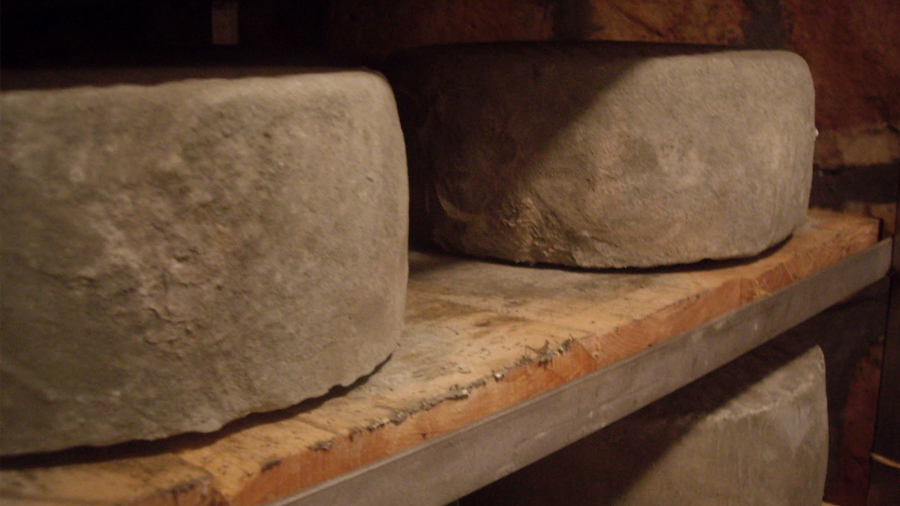
Queseria La Antigua
performs its own refining on the raw sheep’smilk cheeses. This is thanks to its natural rind and the natural mold bloom that grows on the rind of all cheeses.
These cheeses, not having had any treatment applied to their rind and having internal humidity, allow the growth of a mold Penicillum
Penicillum
mold.
Our daily work in Antigua
The newly manufactured cheeses come out of the brine after 24 hours submerged in water and salt at a controlled temperature . They spend their first hours of airing until they enter the dryer. This period allows the cheeses to free themselves from the external water with which they have been living during their hours in brine.
After this period, the cheeses are transferred to the dryer. Here, remain for approximately 25-35 days. This depends on the humidity and temperature conditions in the room and on each batch of cheese produced.
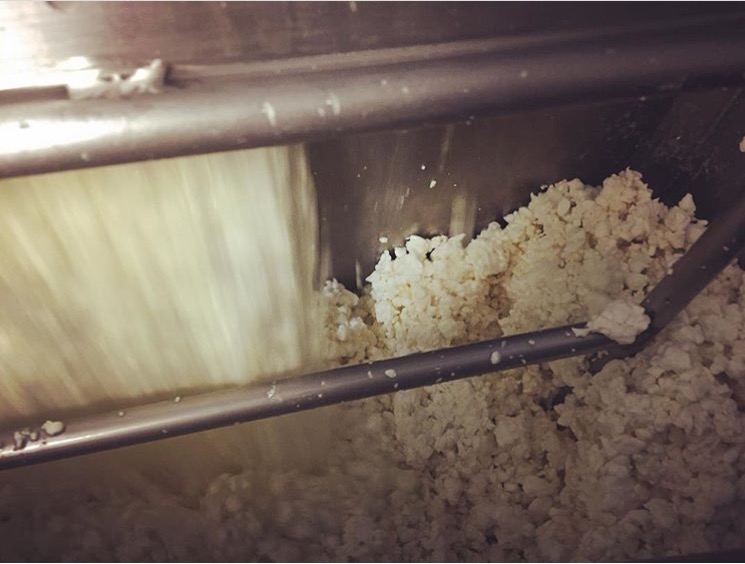
The dryer has constant temperature and humidity control equipment. This results in a
product
as uniform as possible, since we produce a raw milk cheese, completely natural, and each production process has its own internal microflora.
During this period, and thanks to the conditions of the dryer and the cheeses, natural mold growth occurs.
The appearance of mold in cheeses
This penicillum mold inhabits our dryer and chambers in the form of microscopic spores in the air. Its growth starts very weakly from the first 10 days of life of the cheeses. At that time, its appearance is unnoticeable, in the form of small spots, with a whitish coloration on the surface of the cheeses, which are also white.
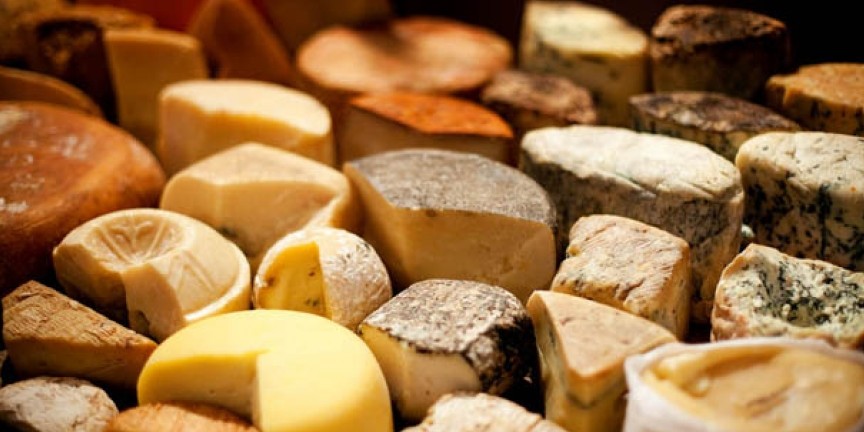
The mold survives on its surface thanks to the organic matter on which it feeds and the humidity of the cheese, which is very high in those first days of life.
As the days go by, this mold develops into a layer with a very visible thickness, varying from white to grayish. Throughout this period, the mold feeds on the nutrients of the cheese, but in turn provides flavors and aromas that it would not have without its help.
It is of utmost importance to control the growth of this surface mold, because as well as bringing benefits to the product, it can also harm it if growth is not controlled. This control is carried out by means of the temperature and humidity of the dryer, since, like all living things, molds need optimal environmental conditions to live and reproduce.
In addition, during this period in the drying room, as in the other rooms, the cheeses need to be turned almost daily to achieve a perfect external shape.
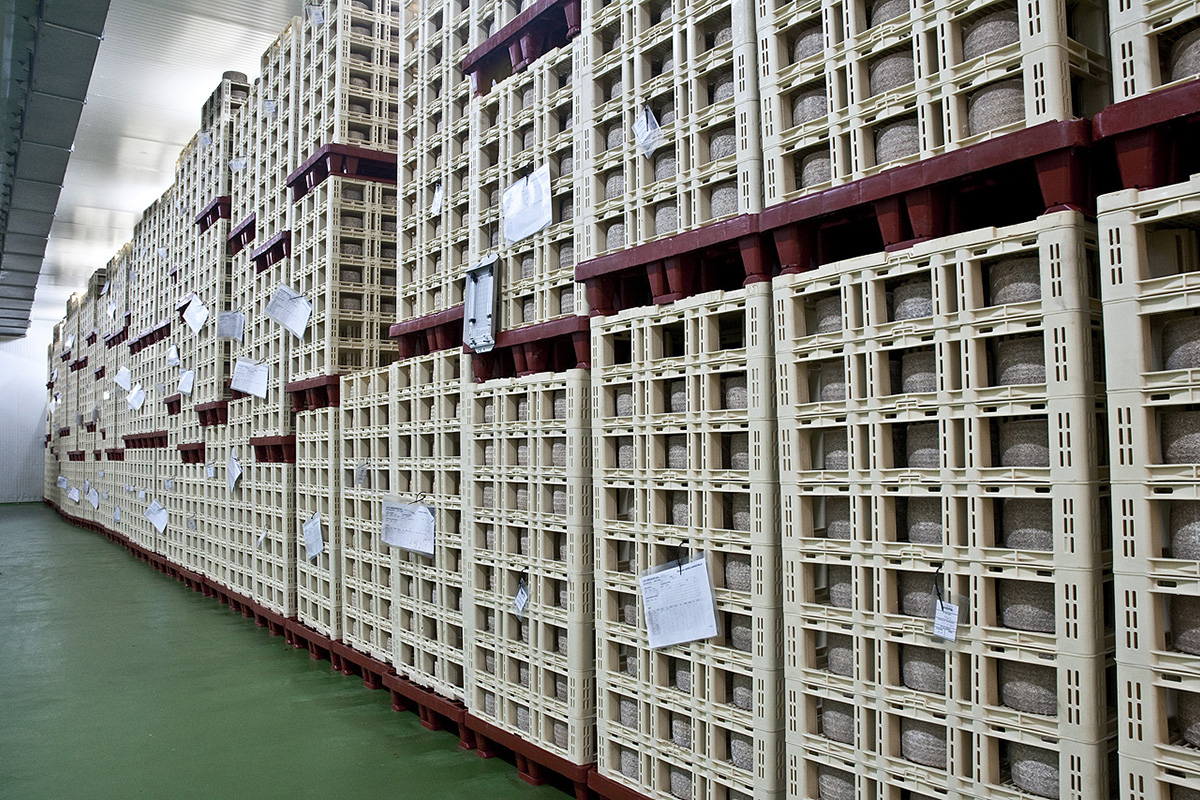
Once the cheese finishes its stay in the dryer, it is time to send it to another chamber with different temperature and humidity conditions. A stage of lower humidity and somewhat colder weather begins, so our mold will be slightly damaged. From now on the color will be more grayish and depending on the air that hits it, part of the surface mold will die.
The moment of brushing.
In the next step, the cheese is ready to be brushed to temporarily free it from the mold that has protected and favored it for more than 2 months. This is temporary, because after a while the mold will bloom again (although not with the same intensity). This occurs due to moisture loss in the cheese and less favorable environmental conditions.
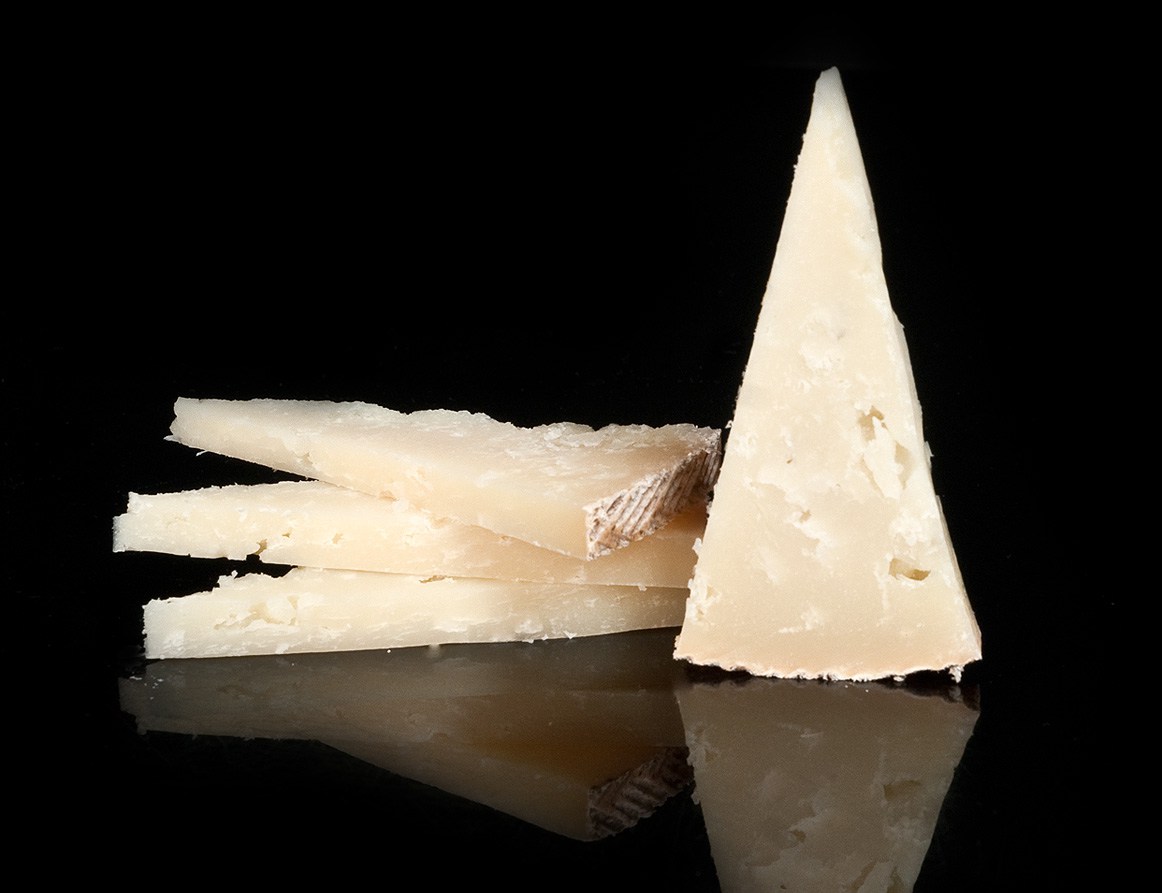
Thanks to this periodic mold growth, the cheeses darken on the outside until they achieve the natural color that La Antigua cheeses have. Starting with the semi-cured cheese , which is the mildest and lightest of its references, up to the aged cheese, which has a grayish-brown tone due to the growth of its surface mold.
This is the life of our cheeses during their long stay in La Antigua. A stay of up to 24 months in some of the most exclusive pieces.
However, it is also important to take into account that the
cheeses
that are destined to long maturation periods, it will be necessary to apply on their olive oil rind. This product serves as a natural moisturizer to protect them from environmental conditions, mainly from the air.
Now that you are familiar with our cheese refining process, it remains to say that in this process, we can also provide some
aromatic herbs
such as rosemary, oregano, paprika de la Vera or black pepper . This gives the cheeses different flavor characteristics and a finish that in many cases enhances the flavor of the initial product.
